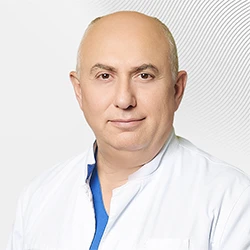In glaucoma, the level of increased intraocular pressure can be reduced by medication or surgery using laser technology. Until recently, in the vast majority of cases, patients with glaucoma were treated with local hypotensive therapy (using drops). As part of the XXXI Congress of the European Association of Cataract and Refractive Surgeons (ESCRS), held in Amsterdam, Glaucoma Day was held, where new data were presented that are changing approaches to the treatment of this serious disease. When comparing the effectiveness of eye drops and laser surgery, it was found that both methods of treatment effectively reduce intraocular pressure, but neither is ideal.
Of course, the disadvantages of the latest generation of antihypertensive drops are minimized, but there are negative aspects that are inherent in the use of any drops. Thus, their use in treatment always requires good self-discipline, so patients who find it difficult to comply with the regime usually tend to laser treatment. In addition, it must be borne in mind that any medicine can cause allergies or run out at the most inopportune moment.
One of the disadvantages of laser glaucoma treatment is the need for repeated intervention over time (in about half of cases). Laser trabeculoplasty is one of the most common laser surgeries performed for glaucoma. Its essence consists in the effect of laser radiation on the trabecular area and thus creating a new pathway for the outflow of intraocular fluid. According to foreign authors, this procedure reduces intraocular pressure by 20-30%, which is comparable in effectiveness to the use of drops.











.webp)




.webp)
